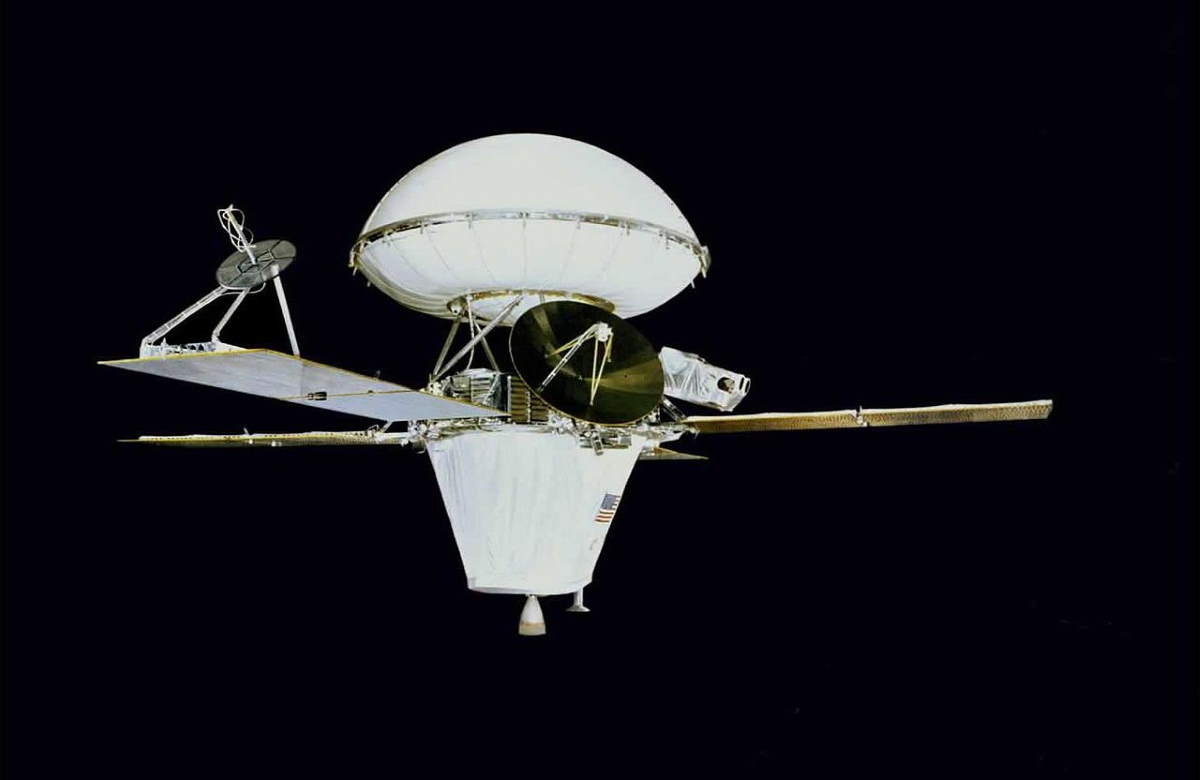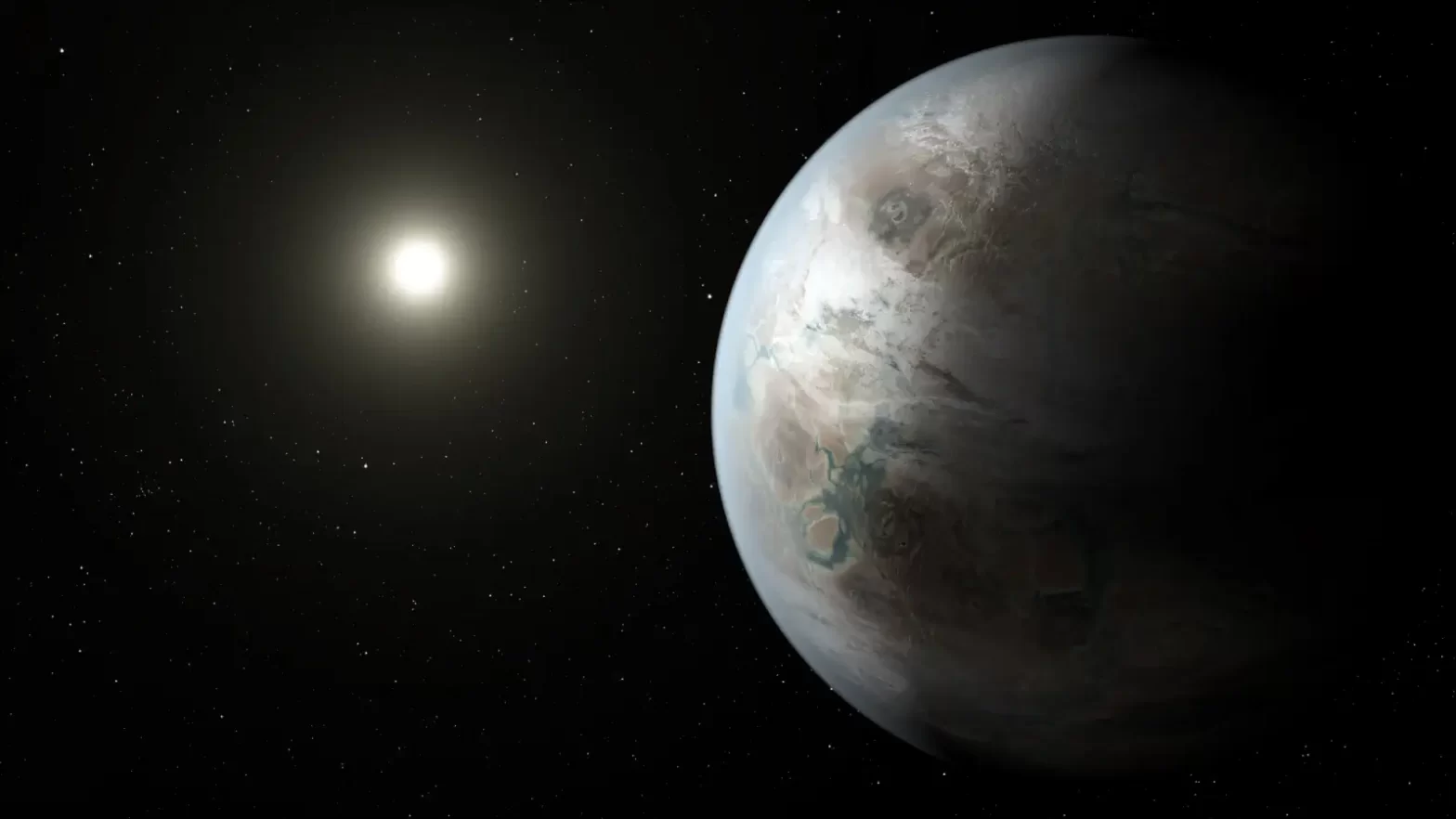In his video titled “Why Exomoons Are So Important,” astrophysicist David Kipping passionately elucidates five compelling reasons behind the significance of exploring exomoons. With a career-long dedication to the subject, Kipping artfully dissects the role of exomoons in shaping our understanding of the cosmos. Delving into themes like habitability, the Rare Earth hypothesis, moon formation, and the quest for biosignatures, he underscores their profound impact on our perception of exoplanets and their potential to harbor life. Through lucid explanations and vivid analogies, Kipping invites us to recognize exomoons as more than mere satellite companions; they represent a new frontier of astronomical exploration that could revolutionize our comprehension of the universe.









